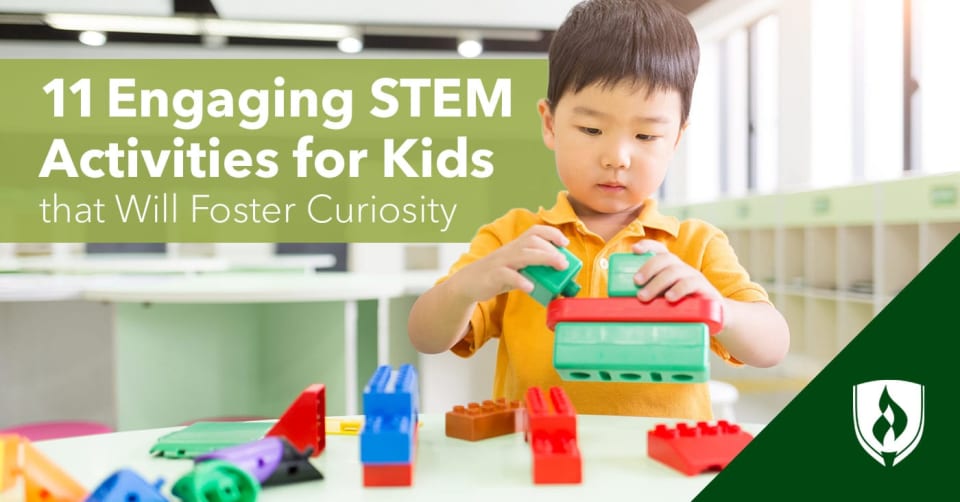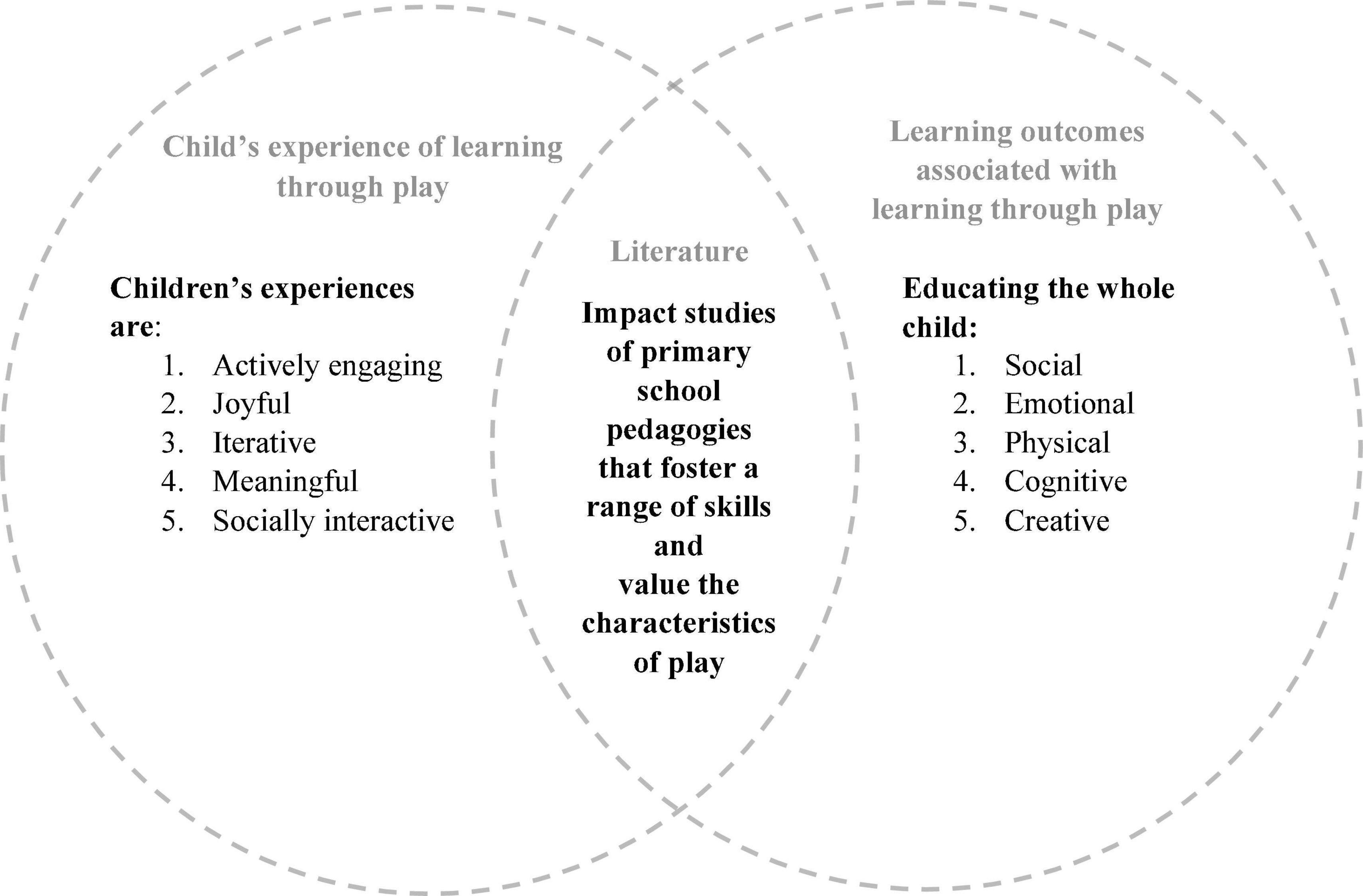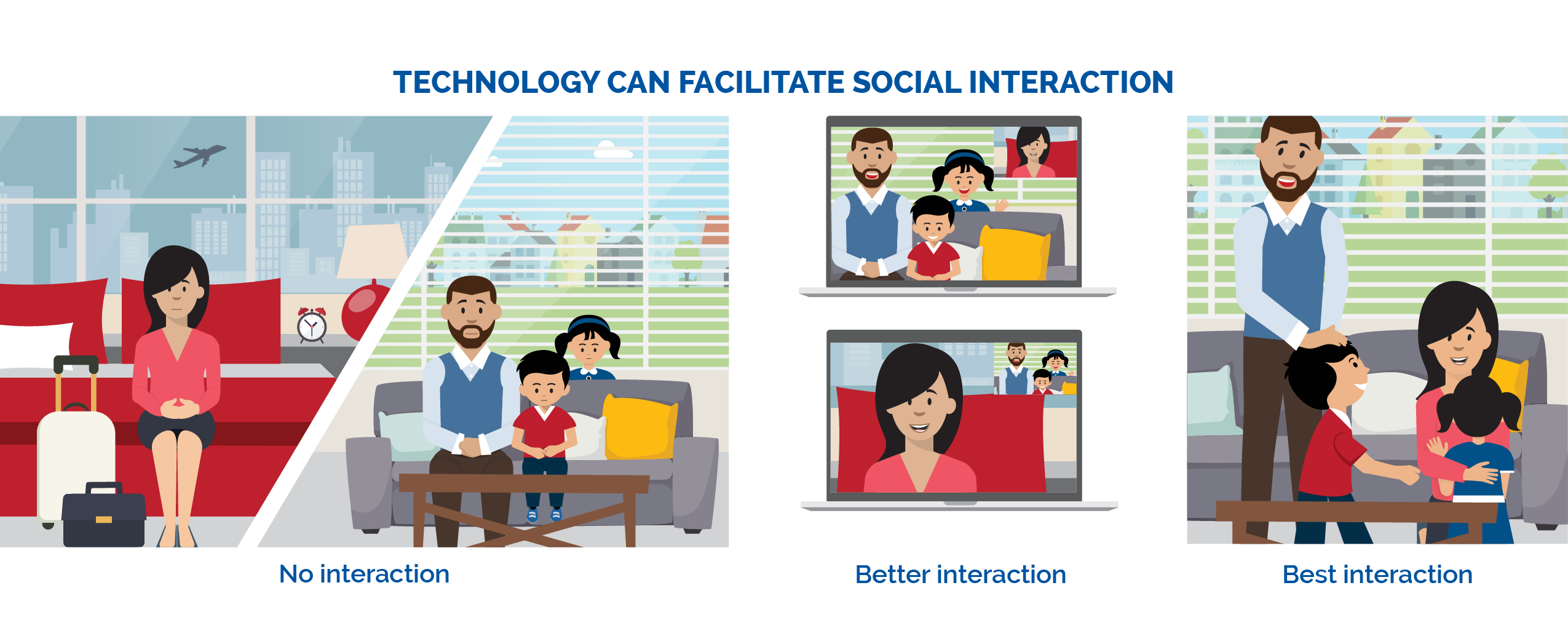STEM education is a vital part of early childhood education. It helps children develop important skills in science, technology, engineering, and math. These skills are essential for success in school and in the 21st-century workforce. At kienhoc.vn, we believe that all children should have access to high-quality STEM education.

What is STEM?
STEM is an acronym for science, technology, engineering, and mathematics. It is an interdisciplinary approach to learning that emphasizes the application of these fields to real-world problems. STEM education has been shown to improve critical thinking, problem-solving, and communication skills. It also helps students develop a deeper understanding of the world around them.
STEM education is becoming increasingly important in the 21st century workforce. Jobs in STEM fields are growing at a faster rate than other occupations. A strong foundation in STEM can help students prepare for these careers and succeed in a global economy.
Benefits of STEM Education
There are many benefits to STEM education, including:
- Improved critical thinking and problem-solving skills
- Enhanced communication skills
- A deeper understanding of the world around us
- Preparation for careers in STEM fields
STEM education can also help students develop creativity, innovation, and teamwork skills. These skills are essential for success in any field.
How to Implement STEM Education
There are many ways to implement STEM education in the classroom. One way is to integrate STEM concepts into other subject areas, such as reading, writing, and social studies. Another way is to offer hands-on STEM activities, such as building robots or designing experiments.
It is important to make STEM education fun and engaging for students. This can be done by using games, simulations, and other interactive activities. It is also important to provide students with opportunities to collaborate and work together.
| Title | Description |
|---|---|
| Multilingualism in Early Childhood | Multilingualism in early childhood has many benefits, including improved cognitive development, increased cultural awareness, and better communication skills. |
| The Role of Music in Early Education | Music plays an important role in early education. It can help children develop their language skills, creativity, and social skills. |
| Early Childhood Behavioral Management | Early childhood behavioral management is the process of teaching children appropriate behaviors. This can be done through positive reinforcement,Redirection, and other strategies. |

The Benefits of STEM Education in Early Childhood
Improved Cognitive Development
STEM education has been shown to improve cognitive development in children. Studies have found that children who participate in STEM activities score higher on standardized tests in math and science. They also have better problem-solving skills and are more likely to be able to think critically.
One of the reasons why STEM education is so beneficial for cognitive development is that it requires children to use a variety of skills, including:
- Critical thinking
- Problem-solving
- Communication
- Collaboration
These skills are essential for success in school and in the workplace. By developing these skills early on, STEM education can help children prepare for a bright future.
| Cognitive Benefits of STEM Education | Description |
|---|---|
| Improved problem-solving skills | STEM education helps children develop problem-solving skills by providing them with opportunities to work through challenges and find solutions. |
| Enhanced critical thinking skills | STEM education encourages children to think critically about the world around them and to develop their own ideas. |
| Increased creativity | STEM education fosters creativity by allowing children to explore new ideas and to experiment with different materials. |
Increased Interest in Science and Math
STEM education can also help to increase children’s interest in science and math. When children are exposed to STEM activities in a fun and engaging way, they are more likely to develop a passion for these subjects.
This passion can lead to a number of benefits, including:
- Improved academic performance in science and math
- Increased likelihood of pursuing a career in STEM
- Greater understanding of the world around us
By sparking children’s interest in science and math, STEM education can help them to reach their full potential.
Preparation for the Future Workforce
STEM education is also essential for preparing children for the future workforce. In the 21st century, jobs in STEM fields are growing at a faster rate than other occupations. A strong foundation in STEM can help children prepare for these careers and succeed in a global economy.
Some of the STEM skills that are in high demand include:
- Critical thinking
- Problem-solving
- Communication
- Collaboration
- Creativity
By developing these skills through STEM education, children can set themselves up for success in the future workforce.
Read more about the importance of play in early learning
- Coffee
- Tea
- Milk

How to Implement STEM Education in Early Childhood
Create a STEM-rich environment
The first step to implementing STEM education in early childhood is to create a STEM-rich environment. This means providing children with opportunities to explore and learn about science, technology, engineering, and math in a fun and engaging way.
There are many ways to create a STEM-rich environment, such as:
- Setting up a STEM center in the classroom
- Providing children with access to STEM toys and materials
- Offering STEM activities and experiments
- Taking children on field trips to STEM-related places
- Encouraging children to ask questions and explore their interests
By creating a STEM-rich environment, you can help children develop a love of learning and a passion for STEM subjects.
Incorporate STEM into other subject areas
Another way to implement STEM education in early childhood is to incorporate STEM concepts into other subject areas. For example, you can teach children about the science of plants in a science lesson, or you can use math to measure ingredients in a cooking activity.
By incorporating STEM into other subject areas, you can help children see the connections between different subjects and make learning more meaningful.
| Ways to Incorporate STEM into Other Subject Areas | Description |
|---|---|
| Science | Teach children about the science of plants, animals, and the environment. |
| Math | Use math to measure ingredients in a cooking activity, or to calculate the area of a shape. |
| Reading | Read books about STEM topics, or have children write stories about their own STEM experiences. |
Provide opportunities for hands-on learning
Hands-on learning is a great way for children to learn about STEM concepts. When children are able to explore and experiment with different materials, they can develop a deeper understanding of how things work.
There are many different ways to provide opportunities for hands-on learning in STEM education, such as:
- Setting up a science center in the classroom
- Taking children on field trips to STEM-related places
- Offering STEM activities and experiments
- Encouraging children to build and create their own projects
By providing opportunities for hands-on learning, you can help children develop critical thinking skills, problem-solving skills, and creativity.
Read more about the importance of play in early learning
- Early Math Concepts for Young Learners
- Understanding Child Development Stages
- Effective Parental Involvement

Resources for STEM Education in Early Childhood
Online Resources
There are many online resources available to help you implement STEM education in early childhood. These resources include lesson plans, activities, and videos. Some of our favorites include:
- Importance of Play in Early Learning
- Early Math Concepts for Young Learners
- Understanding Child Development Stages
| Website | Description |
|---|---|
| Khan Academy | Khan Academy offers free online courses in a variety of subjects, including science and math. |
| Education.com | Education.com offers a variety of STEM activities and lesson plans for early childhood. |
| Little Bins for Little Hands | Little Bins for Little Hands offers a variety of hands-on STEM activities for early childhood. |
Books
There are also many great books available on STEM education in early childhood. Some of our favorites include:
- STEM Activities for Early Years by Sally Moomaw
- Engineering Design for Young Children by Maria Cahill and Monica Bulger
- The STEM Kit Handbook for Early Educators by Sarah Scheer
Professional Development
There are many professional development opportunities available to help you learn more about STEM education in early childhood. These opportunities include workshops, conferences, and online courses. Some of our favorites include:
| Organization | Description |
|---|---|
| National Science Teaching Association | NSTA offers a variety of professional development opportunities for science teachers, including workshops, conferences, and online courses. |
| National Council of Teachers of Mathematics | NCTM offers a variety of professional development opportunities for math teachers, including workshops, conferences, and online courses. |
| International Society for Technology in Education | ISTE offers a variety of professional development opportunities for educators who use technology in the classroom, including workshops, conferences, and online courses. |

Final Thought
STEM education is an essential part of early childhood education. It helps children develop important skills in science, technology, engineering, and math. These skills are essential for success in school and in the 21st-century workforce. We encourage all parents and educators to provide children with opportunities to learn about STEM.



